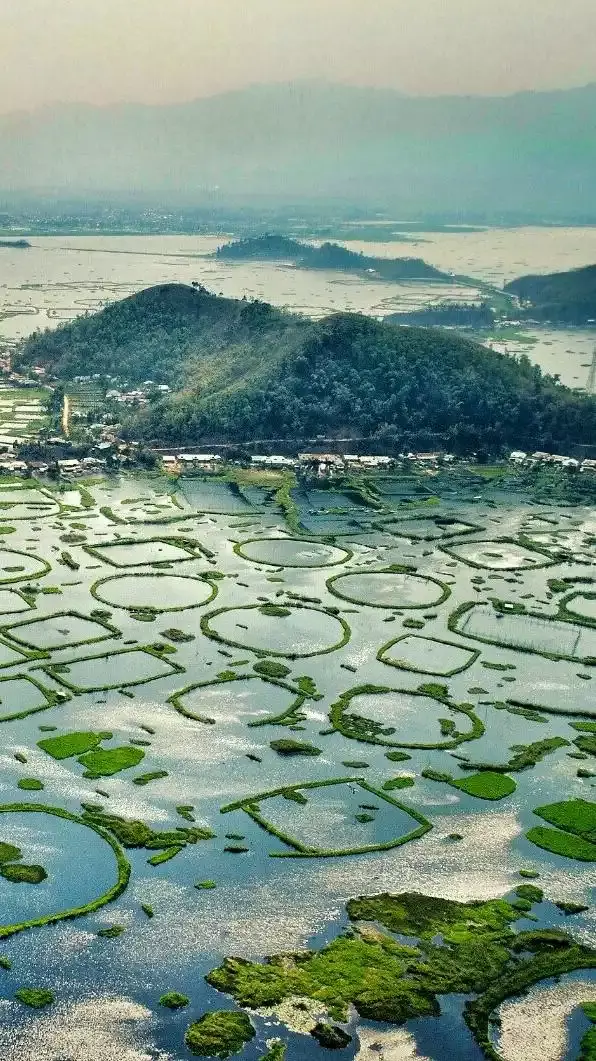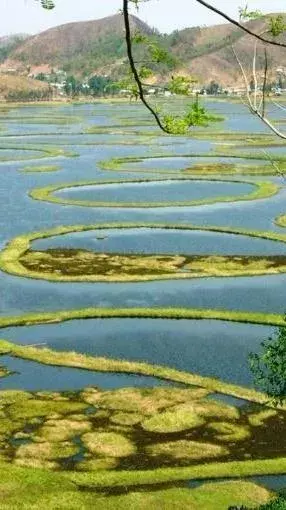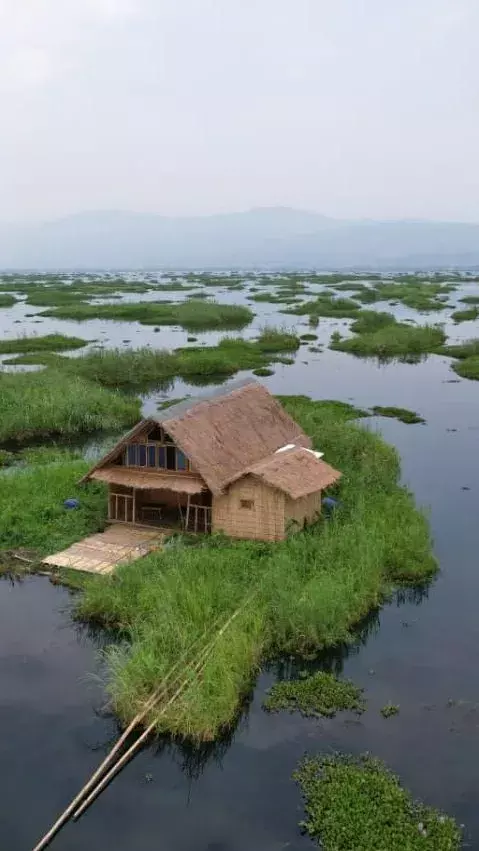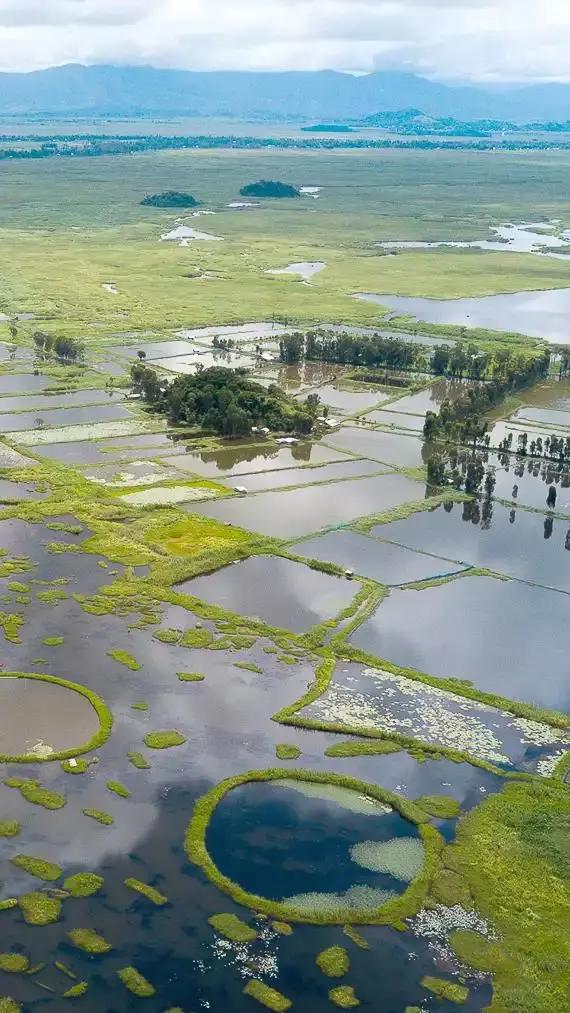
10 Key Facts About Loktak Lake

Loktak Lake is the largest freshwater lake in Northeast India, covering an area of approximately 287 square kilometers.

The lake is famous for its unique floating islands known as "phumdis." These are masses of vegetation, soil, and organic matter at various stages of decomposition that float on the lake's surface.

Loktak Lake is home to Keibul Lamjao National Park, the only floating national park in the world. This park is the last natural habitat of the endangered Sangai deer (Manipur brow-antlered deer).
The lake supports a rich biodiversity, including numerous species of birds, fish, and aquatic plants. It is an important wetland and is designated as a Ramsar site for its ecological significance.
Loktak Lake is vital for the local economy, providing livelihoods through fishing, agriculture, and hydropower generation. The Loktak Hydroelectric Project is a significant source of power for the region.
The lake is a popular tourist destination, attracting visitors with its scenic beauty, boat rides, and the unique experience of walking on the floating phumdis. The Sendra Tourist Home and Phubala are prominent tourist spots around the lake.
Loktak Lake holds cultural importance for the local communities. It is intertwined with the traditions and lifestyle of the people living in its vicinity, particularly the fishing communities.
The lake faces environmental challenges such as pollution, encroachment, and the impact of the Loktak Hydroelectric Project, which has altered the natural hydrology of the lake. Efforts are ongoing to conserve and manage the lake's resources sustainably.
Loktak Lake has historical importance, with references in ancient texts and folklore. It has been a part of Manipur's history and heritage for centuries.
The climate around Loktak Lake is typically temperate, with moderate temperatures and substantial rainfall during the monsoon season, which helps maintain the lake's water levels and ecosystem.